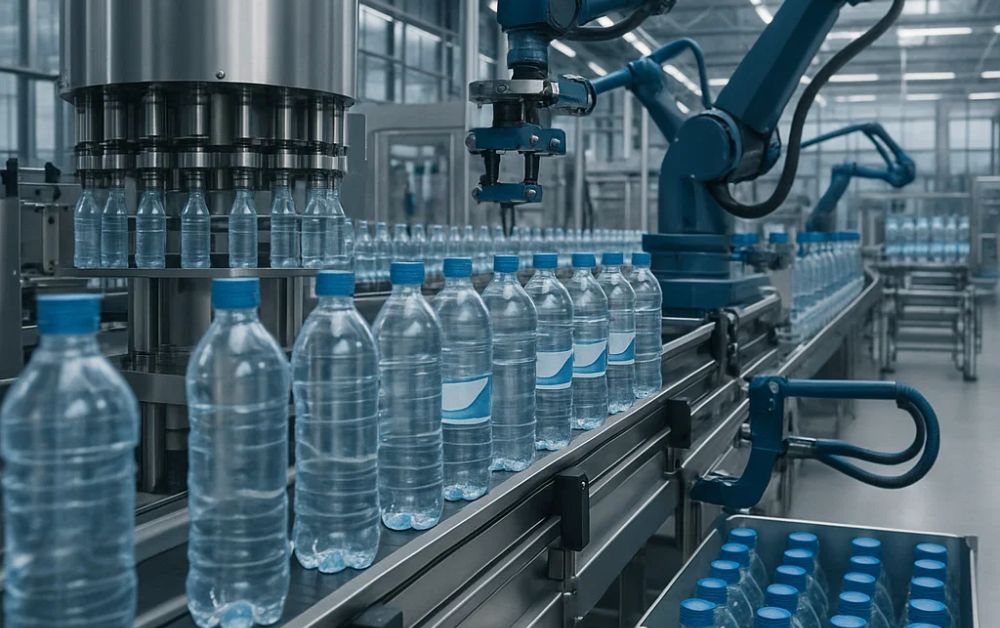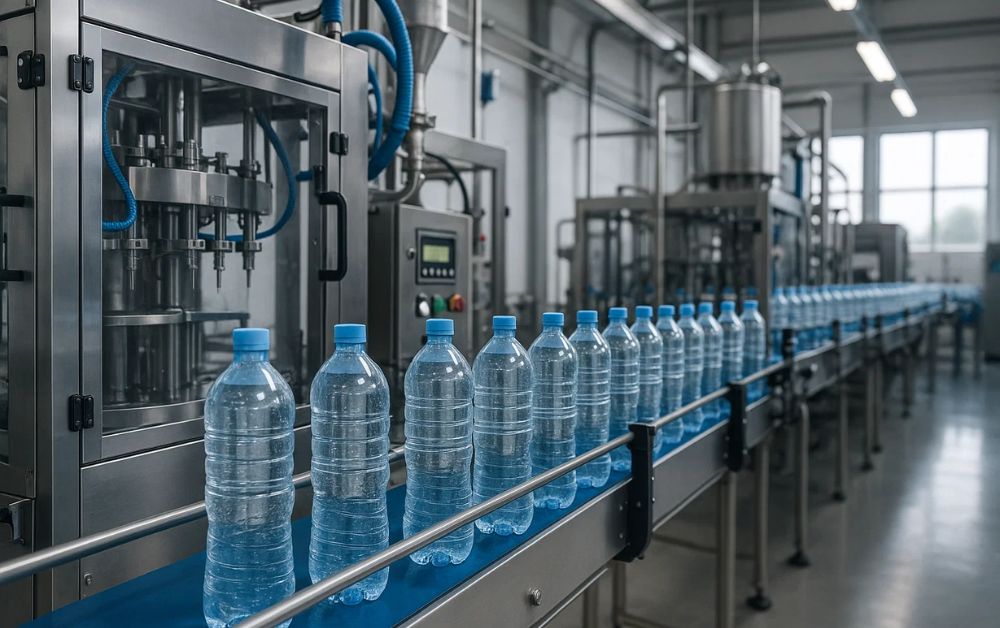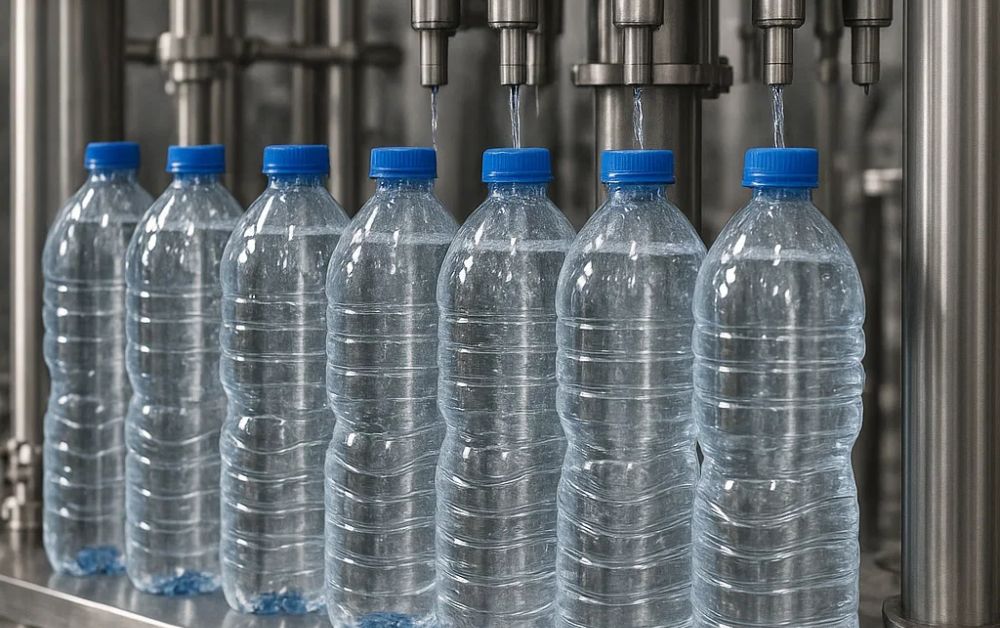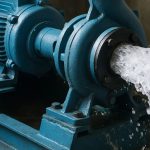Water is the cornerstone of beverage production. Soft drinks and fruit juices, bottled water and beer, wine, and spirits — water plays a central role in formulation, cleaning, process-acting, and packaging. A consistent, clean, and contaminant-free water supply is required to maintain product quality and integrity. However, even with the latest water treatment systems, issues that degrade efficiency and conformance do arise. This blog explores the fundamental process of water treatment system troubleshooting in beverage facilities, gaining insight into common problems, diagnostics, and best practices for resolution—specifically applied to the Water Treatment Food and Beverage Industry.
Introduction
In the highly regulated Water Treatment Food and Beverage Industry, beverage facilities must have strict quality controls. Straying from water quality can affect flavor and shelf life or become a health risk. Water treatment systems are implemented to cleanse impurities, stabilize pH levels, and achieve microbiological safety. However, since they are like any complex system, they also run the risk of mechanical failure, chemical imbalance, and operational inefficiency.
Troubleshooting such systems is necessary for compliance and to uphold brand integrity and consumer confidence. Early issue detection and proper repair can reduce downtime, waste, and lost production.

Knowing the Elements of Water Treatment Systems
Before troubleshooting, it is necessary to know the common elements contained in a beverage factory water treatment system:
- Pre-treatment filters: they filter out big particulates and sediments.
- Activated carbon filters: minimizing chlorine, taste, and odor chemicals.
- The water softeners: minimize hardness because of calcium and magnesium.
- Reverse osmosis (RO): minimizing dissolved solids and impurities.
- UV sterilization or ozone treatment: sterilizing water to kill microbes.
- pH adjustment systems: maintain water chemistry in balance.
All these have a significant role in ensuring that the final water’s quality conforms to specifications.
Common Problems in Beverage Factory Water Treatment Systems
Troubleshooting begins by identifying the root cause of the issue. Some of the most frequent issues encountered are as follows:
1. Taste or Odor in Water
This is usually the first sign that something went awry. Potential causes include:
- Used-up or flooded activated carbon filters
- Contamination of storage tanks through bacteria
- Excessive organics evading filtration
Solution: Carbon filter replacement, recycling, tank cleaning, and microbial testing.
2. Scale Deposits in Equipment
Hard water causes scale buildup. Thus, boilers, heaters, and pipes are affected.
- Water softeners drained or not functioning.
- Incorrect salt regeneration cycles
Solution: Control and modify the softener’s regeneration cycle and ensure adequate salt level and flow rates.
3. Low Pressure on RO System
Reverse osmosis equipment is pressure-sensitive. Culprits include:
- Fouled membranes
- Clogged pre-filters
- Faulty pumps or valves
Solution: Change RO membranes, clean or replace, and inspect pump operation as timed.
4. Microbial Contamination
Even after disinfection procedures, microbial contamination could arise from:
- Ineffective ozone systems or UV lights
- Biofilm in pipelines and tanks
- Less frequent sanitation practices
Solution: Frequent microbial testing, regular cleaning schedules, and frequent performance monitoring of disinfection systems.
5. Incorrect Ph Levels
- Water that is too acidic or alkaline affects flavor and equipment life.
- Faulty pH sensors or dosing pumps
- Incorrect calibration
Solution: Periodic sensor and pump calibration and verification of chemical dosing accuracy.
Step-by-Step Trouble Shooting Process and Best Practices
A systematic troubleshooting process results in faster and improved solutions. The following are key steps and best practices:
Step 1: Data Logging and Monitoring
Capture data from flow meters, pressure gauges, pH meters, and TDS monitors on a periodic schedule. Real-time analysis allows early warning of excursions.
Step 2: Visual Inspections
Daily visual inspection will uncover problems like leaks, staining, or scaling. Don’t underestimate the importance of hands-on inspection.
Step 3: Root Cause Analysis
Use tools like fishbone diagrams or the 5 Whys technique to drill down to the root cause of the problem. Don’t treat symptoms.
Step 4: Routine Maintenance Schedules
Preventative maintenance is the key. Change filters, service pumps, clean tanks, and verify calibration according to manufacturer recommendations.
Step 5: Staff Training
Ensure operators are trained to identify abnormalities and follow standard operating procedures (SOPs) for direct containment.
Step 6: Call in the Experts When Necessary
Specialized problems may be resolved through outsourced consultants or OEM experts. Don’t be afraid to call experts for advanced diagnosis or upgrading.
Long-Term Reliability Preventative Steps
Troubleshooting is not always about fixing problems—it’s about stopping them from happening again later. Remember to keep the following steps in mind:
- Include SCADA systems for automation and control.
- Maintain detailed records of system performance and maintenance history.
- Use quality consumables like filters, membranes, and reagents.
- Regular audits will guarantee compliance with industry standards.
Frequency review of water treatment procedures based on Water Treatment Food and Beverage Industry standards guarantees safety, efficiency, and compliance.

Conclusion
Water treatment systems are the unsung heroes of beverage production, ensuring that every bottle, can, or carton meets the quality consumers expect. But when mistakes do happen, rapid and well-educated fault diagnosis is crucial. Beverage plants can safeguard product integrity and plant effectiveness by staying knowledgeable about common problems, employing a methodical diagnostic procedure, and giving preventive maintenance high priority.
In the Food and Beverage Water Treatment Business, the ability to troubleshoot water treatment equipment effectively can mean the difference between conducting business as usual or halting operations at a tremendous cost. With adequate equipment, training, and vigilance, factories can turn potential interruptions into opportunities for improvement and innovation.
Whether you operate in the beverage sector, make troubleshooting a part of your proactive strategy, not an after-the-fact necessity.



